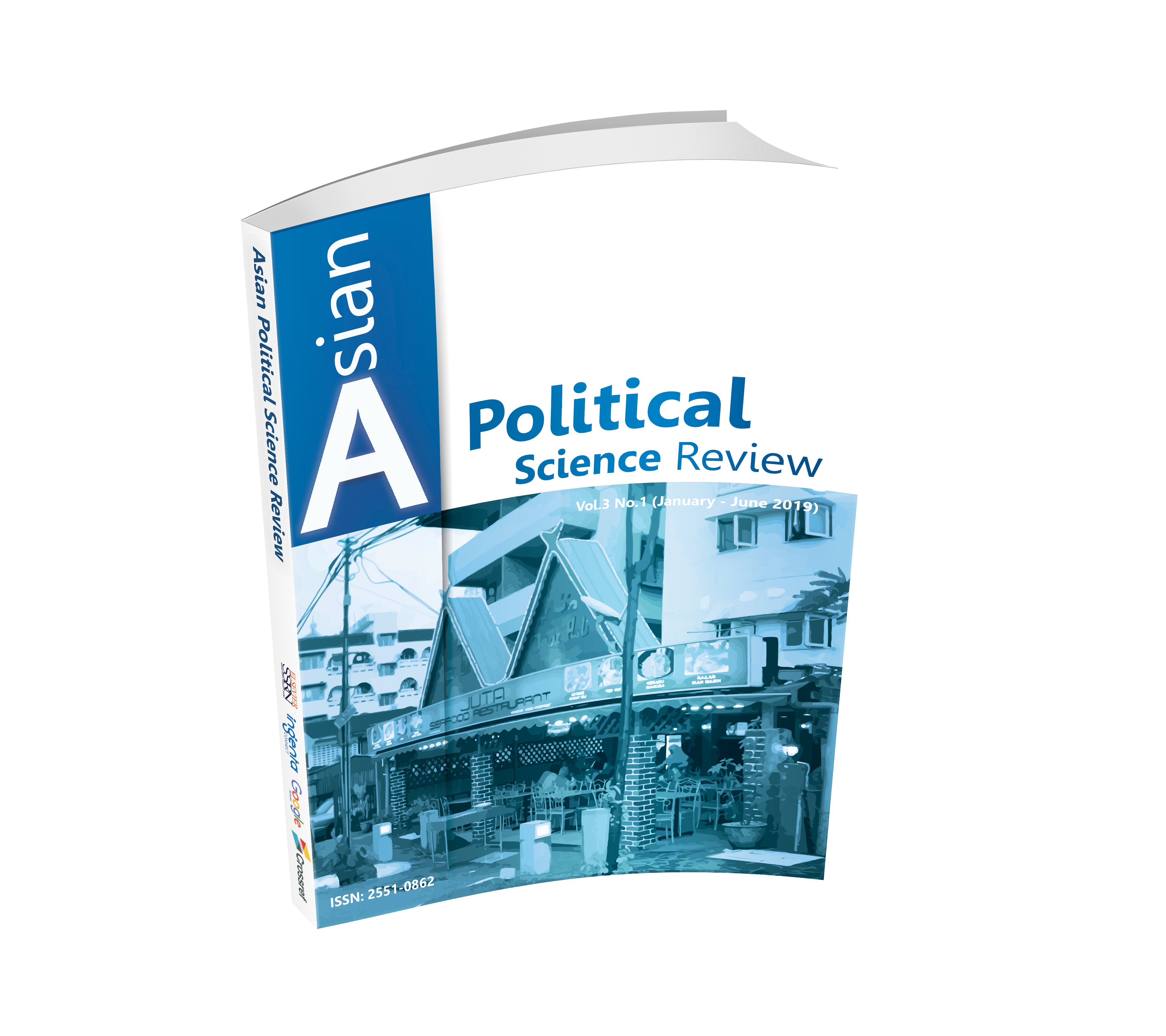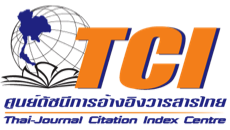Deep Web: A Residual of e-Public Administration
Keywords:
Dark Web, residual, e-Public AdministrationAbstract
This article intention was to understand more about deep web, including dark web, as a critical part of stateless-based Public Administration paradigm. Therefore, the objectives of this research are as follows: (1) to investigate basic data and rough classification of deep webs, and (2) to suggest the solution for e-Public Administration. Documentary research and descriptive statistics like frequency and percentage were used in this study. The findings found that the top four of live deep webs were Non-English696 Sites (14.8%), Cryptocurrency 685 sites (14.5%), Media and Forum for uploading, downloading, and discussion 653 sites (13.8%), and Hosting 473 sites (10.0%). The activities in deep web were Non-English, Cryptocurrency, Media and Forum, Hosting, Under construction / Blank / Seized, Marketplace Drugs, Search Engines, Marketplace Commercial Services, Marketplace Financial, Blogs, Messaging, Private Web Site, Tutorials, Libraries and Wiki, Closed Website, Hacking, Whistle Blowing, Security, Marketplace Betting, P2P File Sharing, Cybercriminals, Dangerous threats, and Boards. In addition, Neural Network and Genetic Algorithm of AI and foundation of an autonomous public organization for controlling deep web in form of self-directed team under starfish organization-based structure were the best solutions for coping with the severe change in Public Administration.
Downloads












.png)


